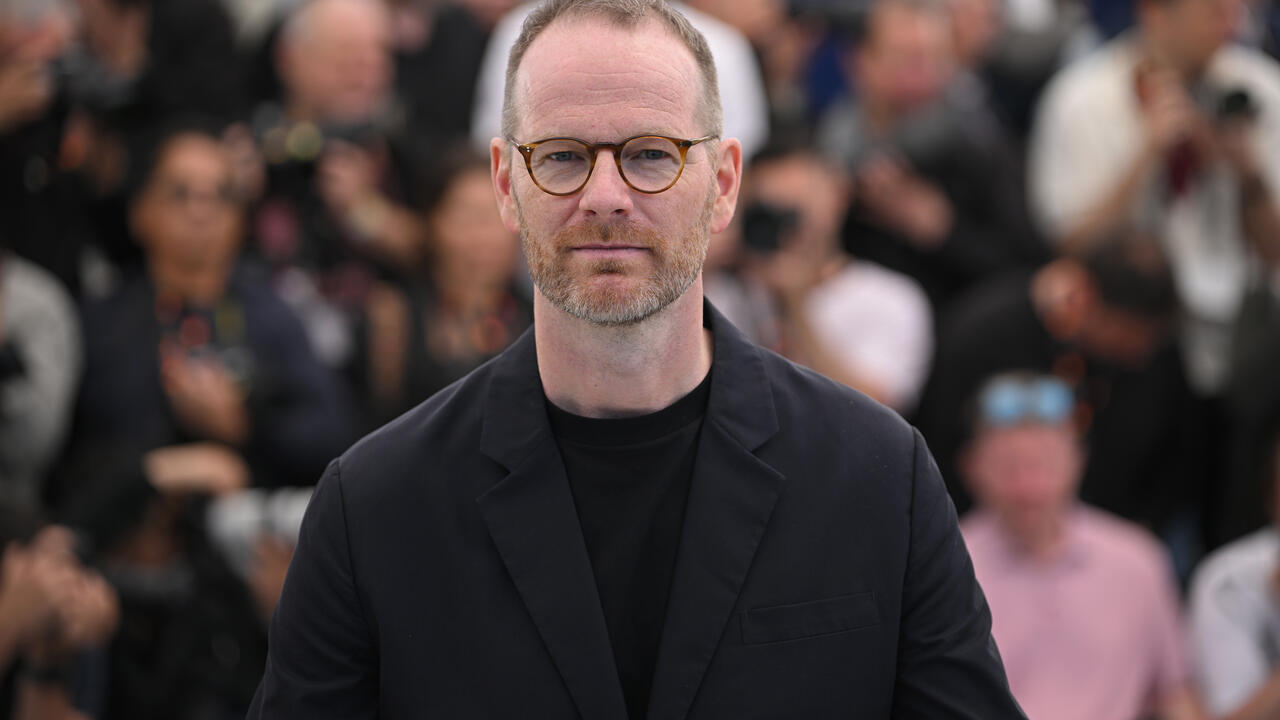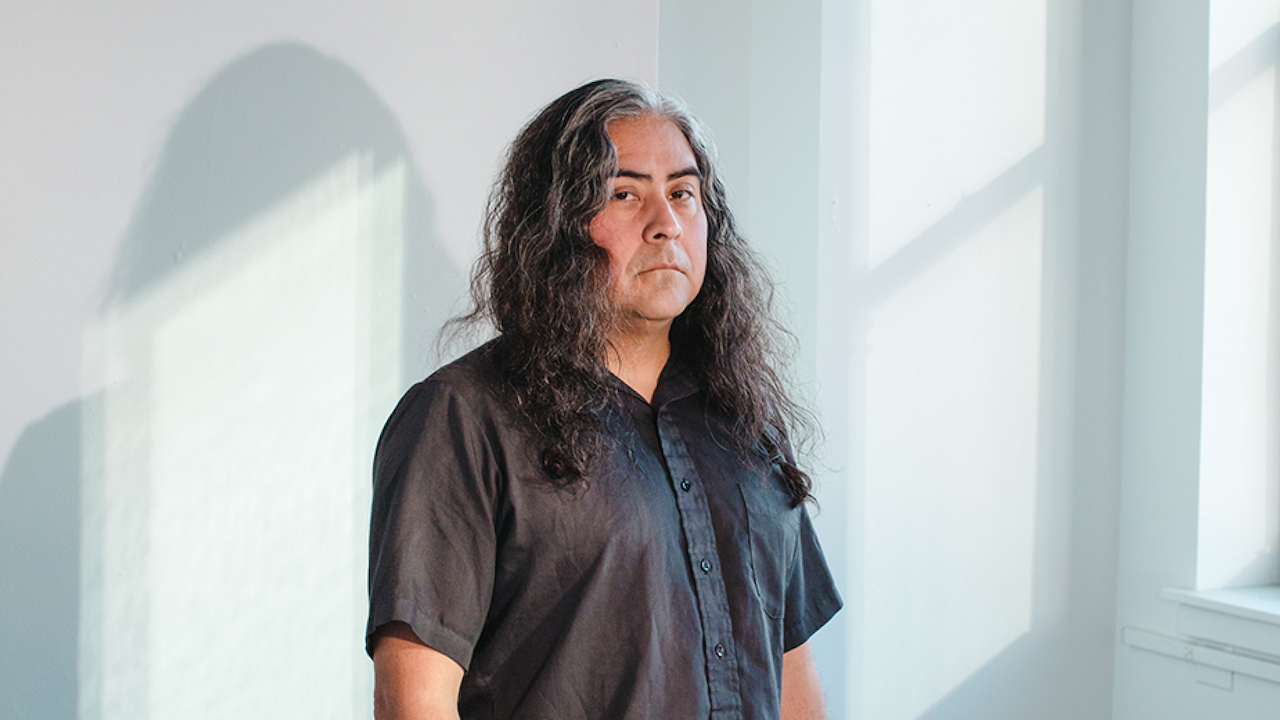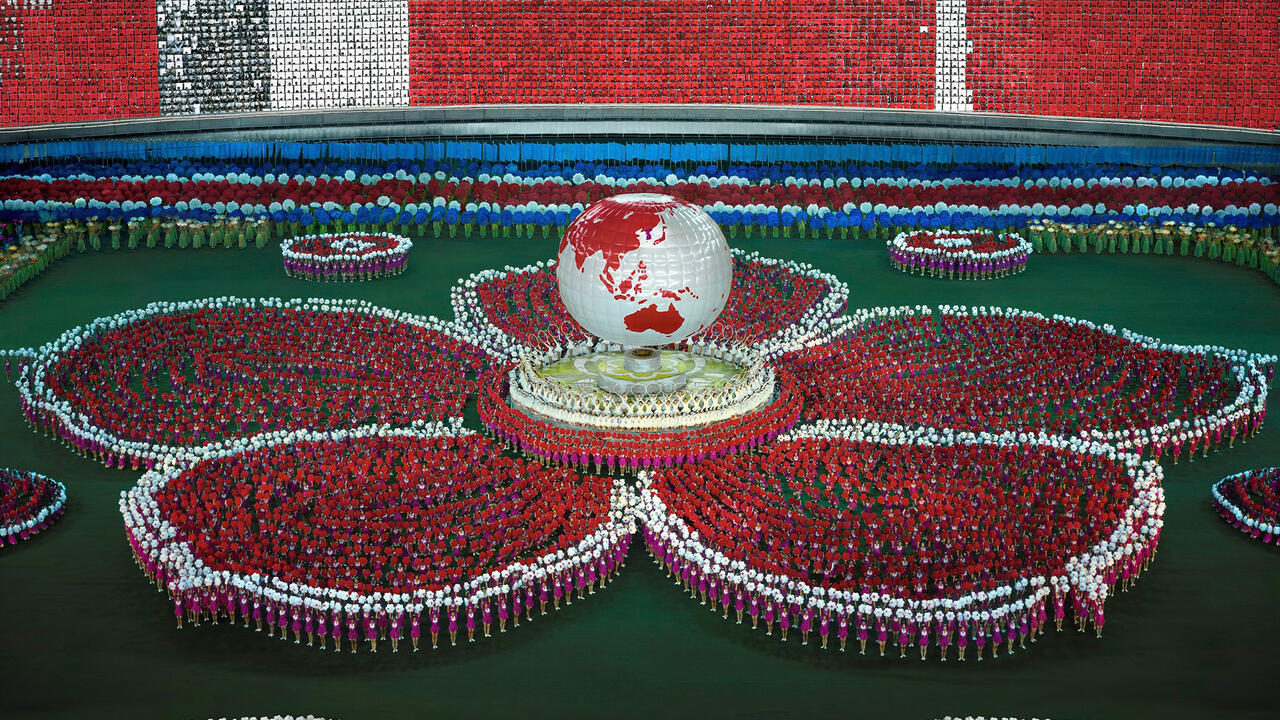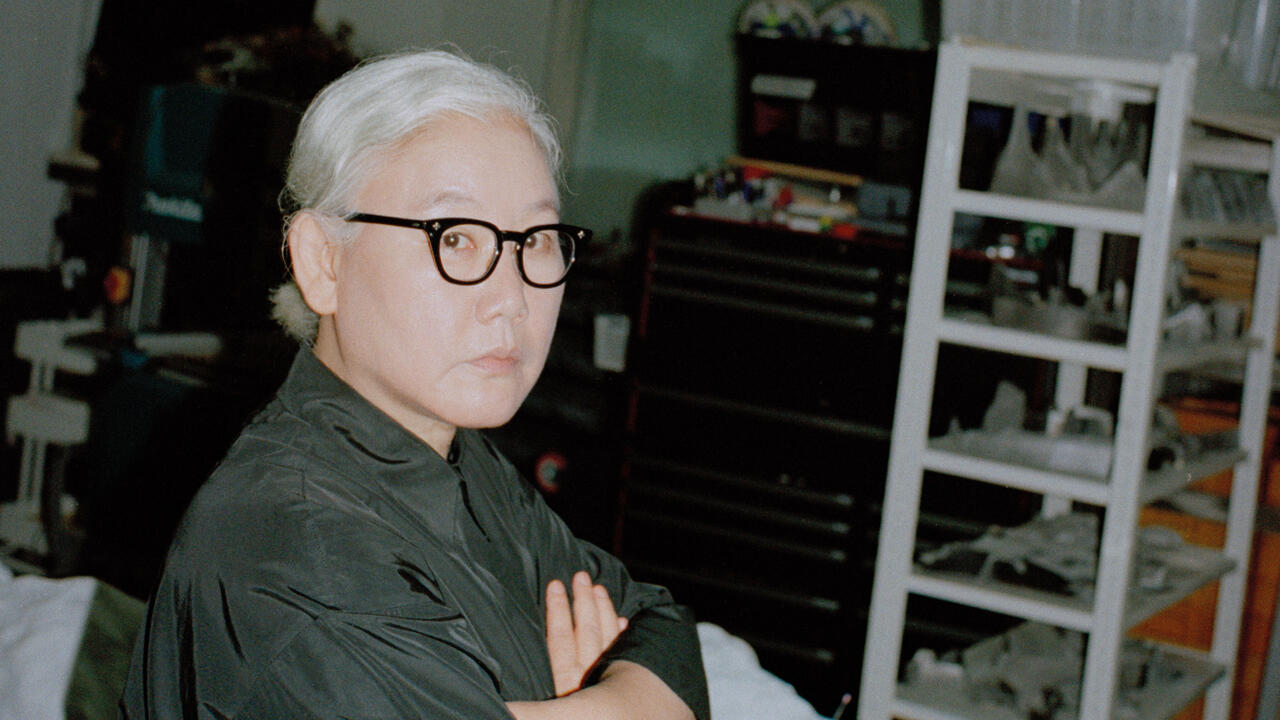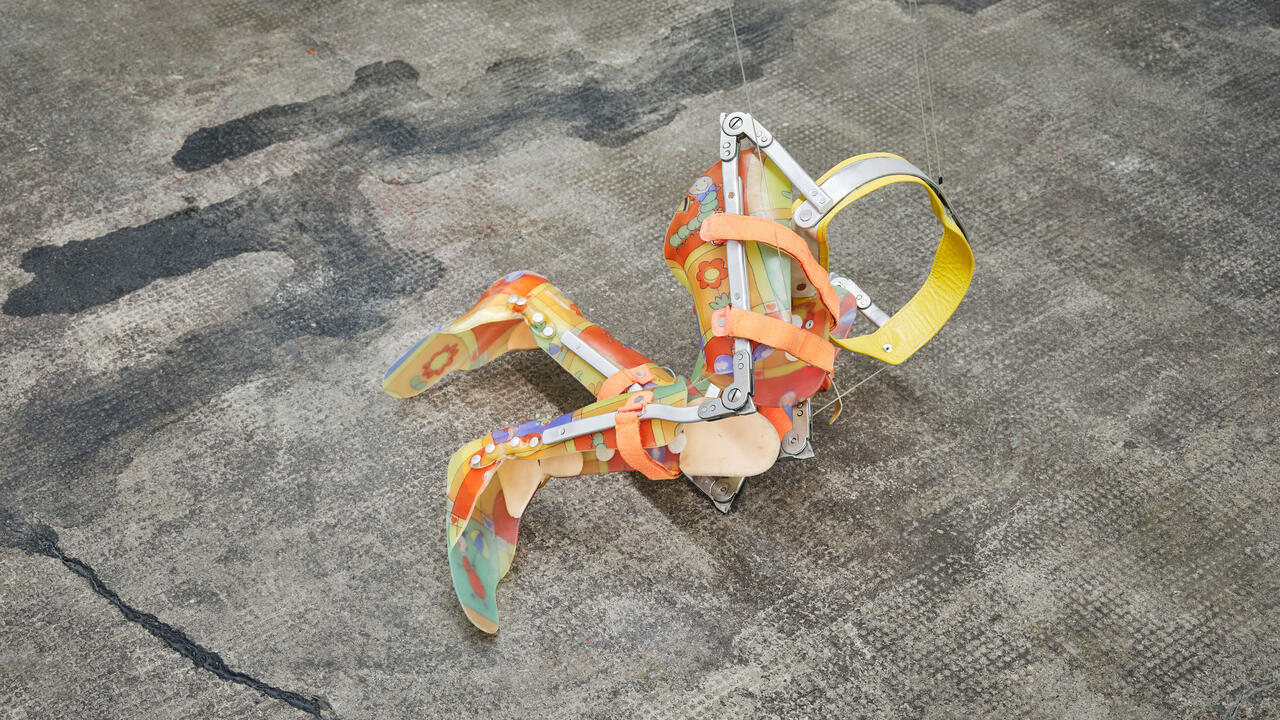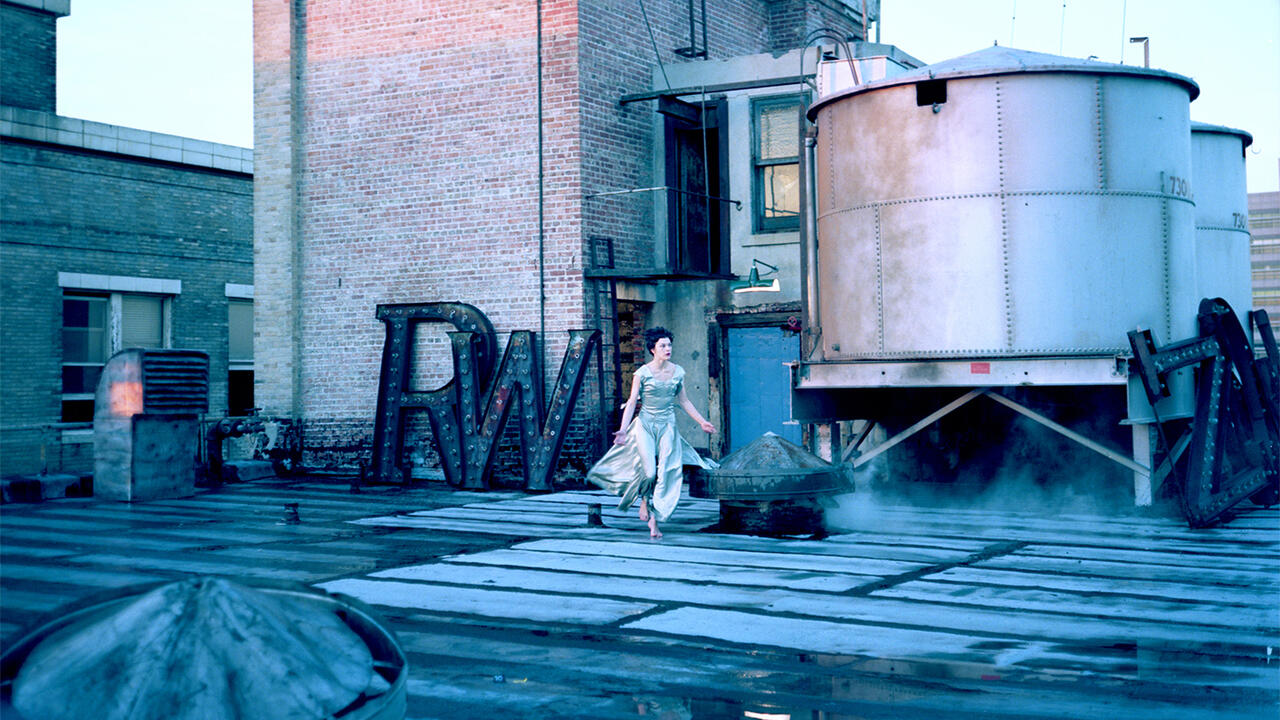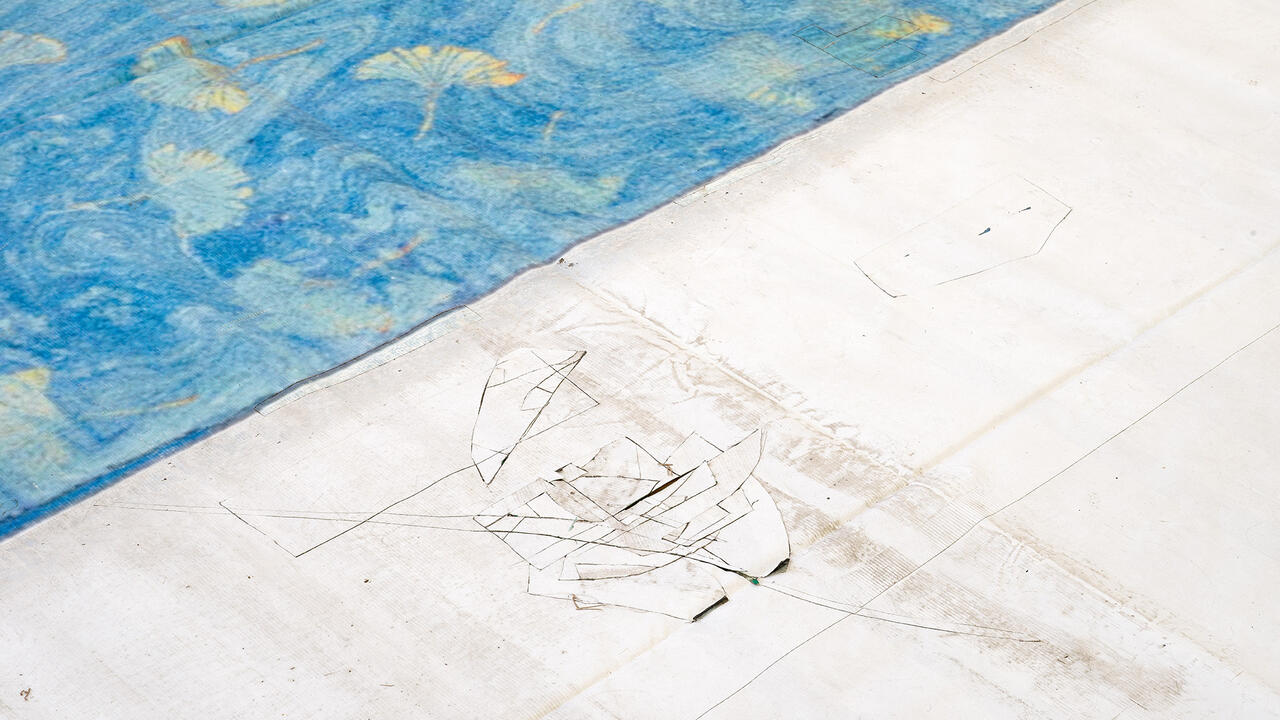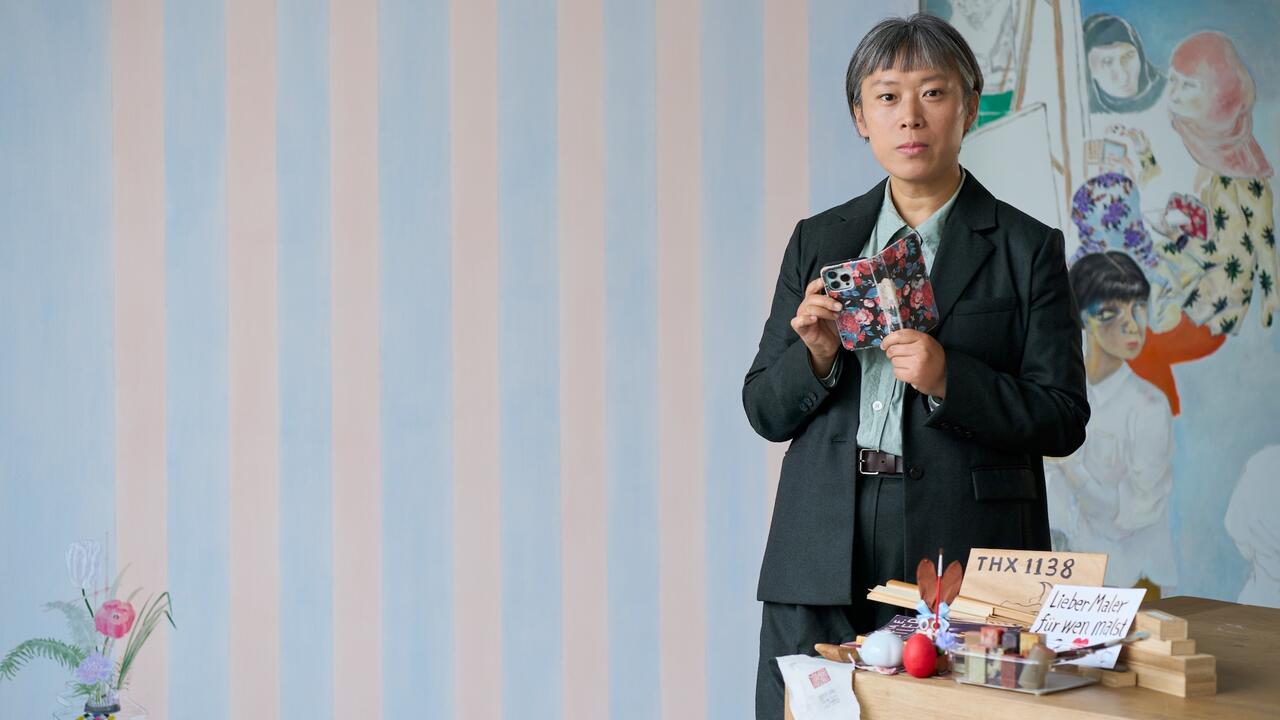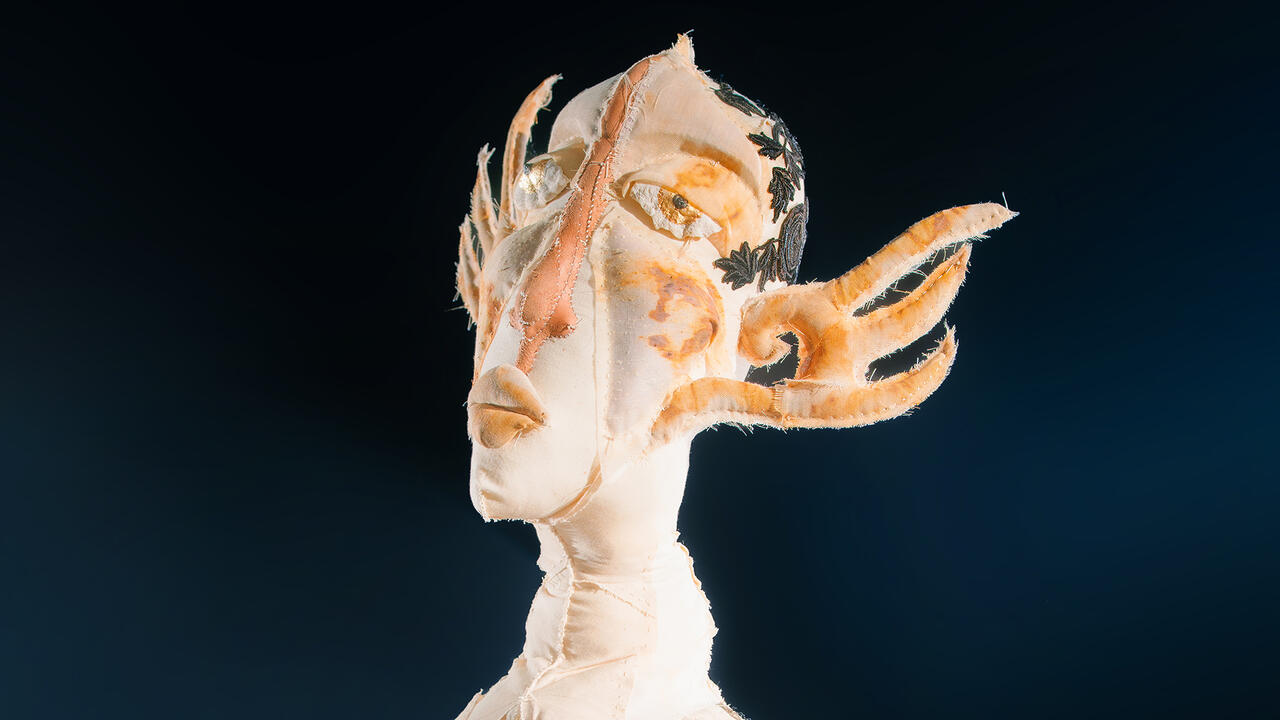The Importance of Laura Mulvey’s Feminism in the Age of #MeToo
Workshopping a new book project at Porto/Post/Doc, the theorist and filmmaker who diagnosed how Hollywood reinforced patriarchal codes
Workshopping a new book project at Porto/Post/Doc, the theorist and filmmaker who diagnosed how Hollywood reinforced patriarchal codes

No other theorist has advanced feminist considerations of women in film more than the British filmmaker and academic Laura Mulvey. Mulvey’s essay, ‘Visual Pleasure and Narrative Cinema,’ originally published in Screen, in 1975, has been the foundational text on the male gaze in traditional narrative films, and women as the object of that gaze. Mulvey diagnosed how Hollywood cinema reinforced pre-existing patriarchal social codes, and in doing so, cast men in dynamic roles, women in passive ones. She critiqued traditional cinema’s inherent voyeurism, yet also sought a way to see anew the Hollywood films that she had loved in the 1960s.

Going beyond description, she called for a more complex approach to film form, a ‘counter-cinema’. She wrote: ‘The first blow against the accumulation of traditional film conventions is to free the look of the camera into its materiality in time and space, and the look of the audience into dialectics, passionate engagement.’ Counter-cinema was to break the audience’s identification with the male protagonist’s gaze, directed at women as the subject of narcissistic control, and create a new engagement, one that drew our attention to the camera and to the observer’s subjectivity. Mulvey’s essay film, Riddles of the Sphinx (1977), co-directed with Peter Wollen, was the embodiment of counter-cinema: a contemplation of codes that permeate domestic space, it introduced a 360-degree camera movement, lending the spectator’s gaze a novel sense of autonomy.
Mulvey recently brought her passionate, dialectical stance, as well as her broad readings in the history and philosophy of representation, to the fifth edition of the Porto/Post/Doc Film Festival, in Portugal, where she gave a three-day workshop, ‘Texts of muteness: Maternal silences and cinemas as an expressive mode.’ The workshop was anchored in Mulvey’s theoretical progression: in the 1970s, she had situated the dysfunctional state of women’s representation by deploying Freudian and Lacanian analysis; she then moved beyond the question of spectacle and objectification, to cinema’s unique relationship to time. Stillness versus movement, photography, via Roland Barthes, versus the moving image, were the preoccupations of her book, Death 24x a Second: Stillness and the Moving Image (2005), a project she had begun in the mid 1990s.

Mulvey framed those 24 moments of rupture per second as cinema’s opening up to digression; as a being haunted by death (hence the book’s title). She explored how specific moments of spectatorship could be disrupted, slowed, repeated, creating a new way of seeing. Mulvey based her research on her experience with video, as a digital tool that advanced cinematic language. To this end, she quotes video work by Chris Petit (to whom Porto/Post/Doc dedicated a separate programme) and Jeff Wall, and only then turns to classical films – by Jean-Luc Godard, Alfred Hitchcock, Abbas Kiarostami and Roberto Rossellini – seeing them through the lens of disrupted time. Mulvey told me: ‘Writing my book on the centennial of cinema, when everyone was talking so much about the death of cinema, I wondered if this new kind of viewing could help us retrieve some of the beauty of film.’ In this sense, spectatorship is never static in Mulvey’s work, but rather a series of historical adaptations, which then inform how we (re)write film history.

The material that Mulvey presented in the Porto/Post/Doc workshop, and which is part of her new book project, takes her both forward and back. While her essay on pleasure was very much a feminist text, Death 24x a Second did not deal directly with women. This was partly because Mulvey was concerned with a fetishistic spectator, which she saw as having more control, regardless of gender. Now feminism returns. Asked if there are signs of change, in the #MeToo era, Mulvey answered, ‘as more and more women make cinema, their image on screen is no longer so much part of the circulation of a commodity to be consumed.’ Yet the question of women, as subjects and agents, persists. ‘I’m going back to this question, but instead of women visualized by male directors, it’s now women in the films made by women.’

In the course of her workshop, Mulvey presented three films – Alina Marazzi’s For One More Hour With You (2002), Clio Barnard’s The Arbor (2010), and Rakshan Bani Etemad’s Under the Skin of the City (2001). Varied in style, all three deal with the notion of recapturing time, and with motherhood, and silence. Motherhood returns as a central question, as it was when Mulvey first got involved with the women’s movement. The child’s relationship to the mother, and to the mother’s discourse, opens up a possibility of moving beyond private speech or mute text (a term Mulvey borrows from Peter Brook), into the public sphere, a public voice. Mulvey noted, ‘It’s a question of how to understand the traumatic past, and how, in that process, there can be a political message formulated through the return, but one that also addresses the future.’
Porto/Post/Doc film and media festival 2018 ran in Portugal from 24 November – 2 December 2018.
Main image: Laura Mulvey and Peter Wollen, Penthesilea: Queen of the Amazons, 1977, film still. Courtesy: BFI








